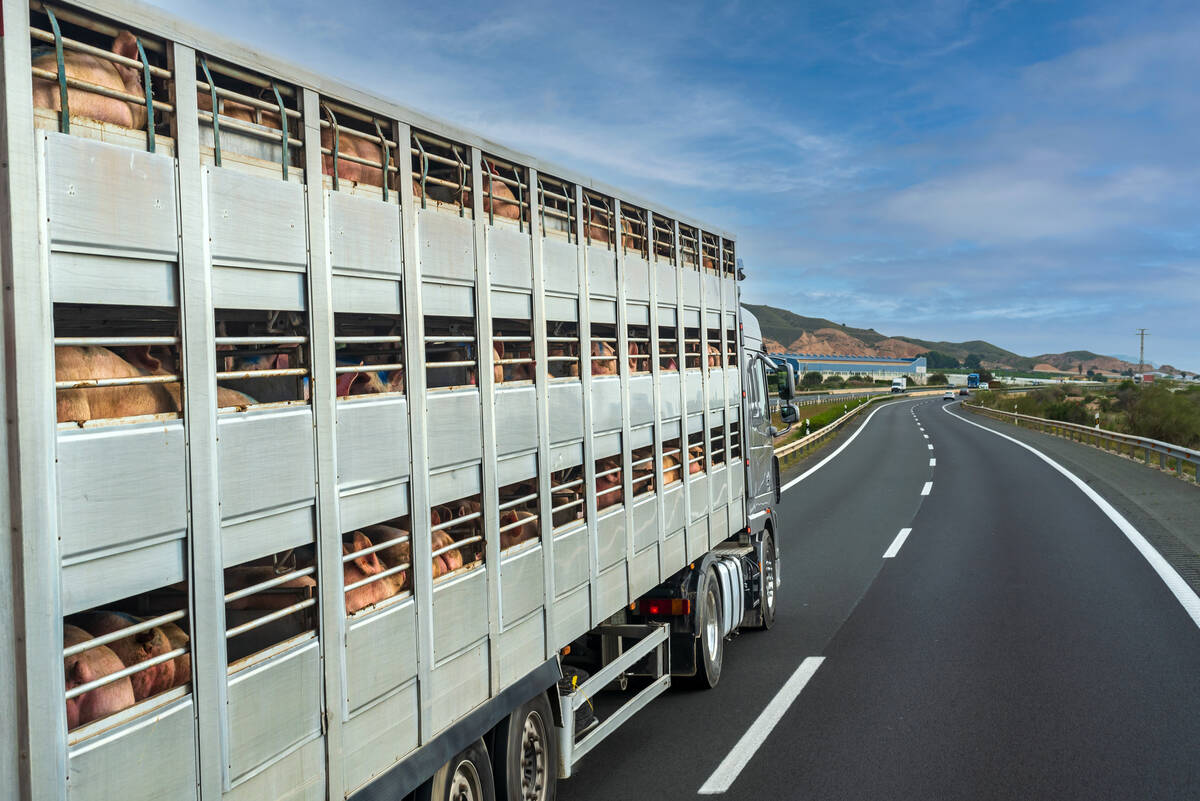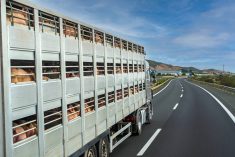Canada’s food safety agency has formally introduced its biosecurity standard designed specifically for the Canadian dairy farm.
Launched Tuesday, the voluntary biosecurity standard maps out dairy farmers’ "control areas" and target outcomes in the areas of animal health management, animal movement, premises management and conditions for workers, visitors, vehicles and equipment.
The standard, designed to help farmers cut and control the risk of disease entering their farms, spreading within the farm or to neighbouring farms, "will be a tool for all proactive farmers who want to bring animal health to a superior level," Wally Smith, president of Dairy Farmers of Canada, said in the Canadian Food Inspection Agency’s release Tuesday.
Read Also

Canada, Philippines make African swine fever zoning agreement
Canada and the Philippines have signed an African swine fever (ASF) zoning arrangement, a measure that should ensure trade can continue between the countries during outbreak of the disease.
Smith, who farms at Chemainus, B.C., added that the new standard "complements standards we already have for on-farm food safety in the Canadian Quality Milk program, and other efforts dairy farmers make to constantly improve their farm operations."
The standard, developed over two years in a partnership between the DFC and CFIA with funding from the Growing Forward ag policy framework, "offers goals, objectives and measurable targets for all producers from small-scale to large-scale establishments," CFIA said in its release.
In terms of animal health management, the standard calls for a dairy farmer to have a herd health plan in place which "encourages resistance to diseases of concern" and includes practices to track animals’ health and respond to disease risks.
Strategies in the herd health plan include maintaining a client-veterinarian relationship; observing, recording and evaluating animals’ health status; recognizing disease susceptibility and maintaining separation where needed; monitoring and investigating animal illnesses and/or deaths; and managing the herd’s feed, water and bedding.
The standard for animal additions and movement calls for newly-added animals’ health status to be "reliably known" at the time of purchase, and for animals to then be "adequately vaccinated" and kept isolated until "they represent no significant disease risk." The standard also requires animal movement on the farm to be "predetermined."
Within that control area, dairy farmers following the standard would "limit (animal) purchase frequency and number of sources," record animals’ location and movement and manage animal movement within a given production unit.
The standard for premises management requires a dairy farmer and farm workers to contribute to maintenance, cleaning and disinfection throughout a production unit, and to manage manure, waste, deadstock and pests "in a prescribed manner."
To that end, the farmer would also provide workers with the needed materials, equipment and instruction on their use, and make sure equipment, vehicles and production facilities are kept clean and disinfected.
Within the control area for farm staff, visitors, vehicles and equipment, a dairy producer following the standard would require service personnel and visitors to follow his or her biosecurity standards for barn access, clothes and footwear to be worn, and movement of equipment and vehicles.
Within that control area, the standard emphasizes "training, good communication and regular updates are essential for all personnel."
"Collective efforts"
In laying out the basis for a biosecurity standard, CFIA explained, "today’s more intensive farm operations are more susceptible to diseases and therefore often demand stricter biosecurity protocols."
As production intensifies, production-limiting diseases, such as contagious mastitis, Johne’s disease, enzootic bovine leukosis, and bovine viral diarrhea (BVD) become more significant and risks rise for E. coli, salmonella and other contaminants, CFIA said.
"Medication and vaccination have traditionally played a major role in preventing and treating diseases, but it is now widely accepted that they cannot, in isolation, prevent all the losses due to disease. Modern farming demands a more complete and global approach."
As the number of farms with biosecurity plans increases, so should the confidence of dairy producers when dealing with other producers and with their service providers, CFIA said.
"The ability of the dairy industry to withstand a disease event will be influenced by each individual dairy producer’s biosecurity plan and its effective implementation, as well as by the collective efforts of the entire dairy industry."
Right now in Canada, 12,746 farms provide 7.66 billion litres of milk per year to processors across the country, CFIA said. About 450 plants process milk into over 1,000 products, including over 660 types of cheese, and sales of milk and dairy products add $10 billion to the country’s economy.
Related story:
CFIA, DFC to draft on-farm biosecurity standard, Jan. 22, 2011














